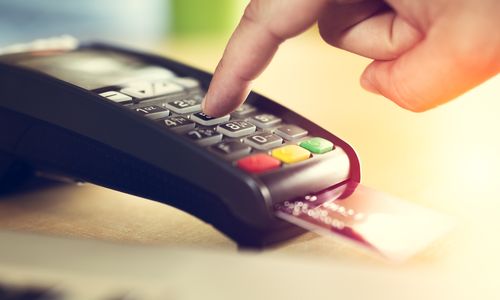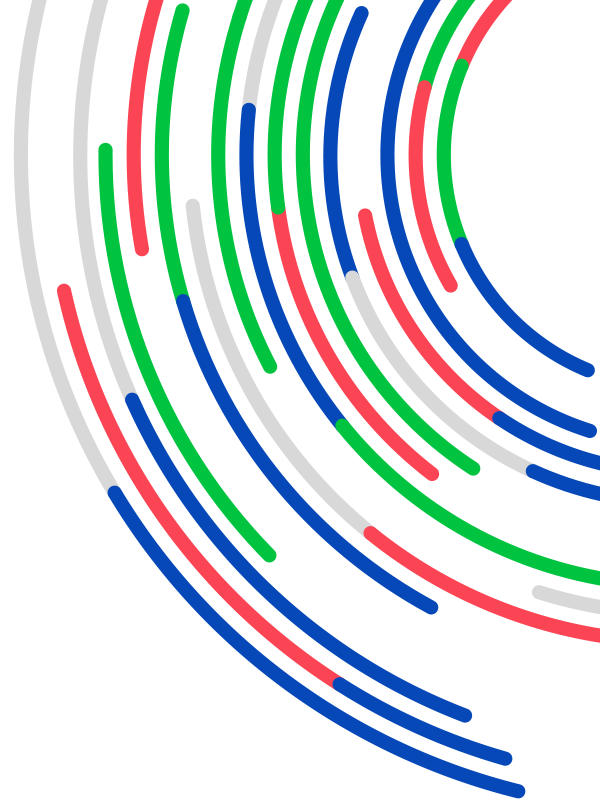
25 years of ITEA
Ground-breaking innovations we’re still grateful for today
This year, we’re celebrating 25 years of ITEA – a good moment to reflect on what has happened and has been achieved over these past decades. And in looking back on this, we can be very proud of the results that project partners from Europe and beyond have achieved thanks to software innovation and international cooperation. People’s lives have improved a lot and ITEA project partners have contributed to that.
In today’s world, innovation moves very fast; when one innovation has only just been implemented, the next one turns the world upside down again. But sometimes, a project comes along that lays the foundation for a whole series of new innovations. If that foundation had not been developed, the world might look very different now. In ITEA, we also have a few of such foundations: projects that we continue to benefit from on a daily basis and which we are eager to share with you.
This whole year, we will be celebrating 25 years of ITEA, including in our three ITEA Magazines. In this edition, a small selection of ground-breaking innovations from the first ITEA programme, which ran from 1998-2006, will be revealed. The July Magazine will highlight the gems from ITEA 2 and, in the November Magazine, we will take you to ITEA 3, so enjoy the journey!

Digital Cinema
2001-2003
Defining the architecture of today's digital cinema
Barco headed the ITEA project Digital Cinema to develop the key components for the transition from analogue 35mm film to digital technology. The shift in the film industry to enable digital distribution was a major – and risky – step to produce change in a century-old industry that required a universal, long-term digital cinema standard that could meet the needs of exhibitors, studios, equipment manufacturers and others involved in this effort.
The completion of this project kicked-off 10 years of digital cinema pioneering for Barco, resulting in undisputed global market leadership for Barco in digital cinema today. Barco achieved a #1 worldwide position with overwhelming market shares of 60% and higher in China and Latin America, a leading position in Europe with around 40% market share and a strong position in the US and the rest of the world with market shares varying between 25% and 35%.
These technological developments paved the way for a new generation of film distribution. Now, as a result of the project, digital cinema allows us all to enjoy movies with a much better image quality wherever and whenever the movie is watched. Smaller cinemas can have access to movies of the same quality. Moreover, the new system developed during the project enabled 3D movies to achieve commercial success. Finally, movies can now be released all over the world at the same time.
EAST-EEA
2001-2004
A revolution in automotive software development
In the evolution of vehicles, the challenge posed at the beginning of the new millennium was the implementation of integral electronic control of nearly every function in order to improve safety and comfort in all areas of the vehicle – from engine, steering and braking systems to communications, entertainment and human-machine interfaces. The problem was that when a new component was introduced, both this component and all existing components had to be tested thoroughly to ensure none of them had been adversely affected. As a result, the introduction of new electronics put development costs and cycle times under enormous pressure. 23 partners from across the European car industry joined forces in the ITEA project EAST-EEA in order to tackle this challenge.
The newly developed software architecture allowed the easier integration of new electronics in cars through plug-andplay technology, dramatically reducing development time and costs to market. On top of this, new systems, such as new electronic steering systems, were quicker to design and market. Furthermore, the project also guaranteed a level of quality that is essential to the competitiveness of European cars.
Thanks to the EAST-EEA approach, vehicle manufacturers acquired an integrated framework for software and communication interfaces, tool environments and rules while suppliers benefited from standard solutions and re-use became possible, with new vehicle models able to be developed faster and product quality improved.
The EAST-EEA project acted as an important reference platform for further development in several ITEA projects and standards over the course of many years. EAST-EEA paved the way to the automotive industry's standardised platform for automotive applications: the Automotive Open Systems Architecture (AUTOSAR). AUTOSAR is now a global industrial initiative that is bringing together about 250 original equipment manufacturers (OEMs), Tier 1 automotive suppliers, software suppliers, semiconductor manufacturers, tool suppliers and others worldwide.
The AUTOSAR software – and therefore the results of EAST-EEA – are now part of every single embedded Electronic Control Unit (ECU) throughout the automotive sector worldwide and the component-oriented software development method is now state-ofthe- art in the embedded environment.
EPAS
2006-2008
Making easy card payments possible across Europe and beyond
The ITEA project EPAS (Electronic Protocols Application Software) was initiated in 2006 within the framework of the Single Euro Payments Area (SEPA). SEPA aimed to facilitate payments in Europe beyond national borders in order to achieve a single domestic market of payments.
The project gathered various important actors belonging to the European card payment industry, such as Groupement des Cartes Bancaires, Ingenico, ATOS Worldline, Verifone, Wincor-Nixdorf, Total, Equens and many others. The aim of this project was to deliver global standards that would enable European retailers to rely on common specifications for their card-acquiring operations.
EPAS has paved the way to a series of universal ISO standardised specifications for European card payments, free of royalties and charges. Ultimately, this has been extended worldwide as a global ISO 20022 message standard with the endorsement of the EPAS specifications (CAPE).
This project has provided benefits to all industry stakeholders through the use of these universal standards, which were made available not only in Europe and SEPA but also worldwide. The standards enable banks, retailers, card schemes, processors and manufacturers to rely on or deliver on-the-shelf, readily-available specifications, free of charge, to all card payment stakeholders, as well as meet SEPA requirements for a single market for payments in Europe.
In a nutshell, EPAS made easy card payments possible across Europe and beyond!
SmartTouch
2006-2008
A long-lasting connection with the world around us
SmartTouch ran from 2006 to 2008 and was the biggest project piloting near-field communication (NFC) technology applications in Europe. It involved 24 partners covering an extraordinarily wide combination of technology and service producers, researchers and companies examining the role of NFC technology in terms of city life, the home, wellness & health, technological building blocks, security & privacy, and business building blocks. The main breakthroughs in SmartTouch were the technology to make NFC possible, the provision of mobile handsets with relevant toolsets, protocollevel achievements in standards, the enablement of payments, and methods for security in the production of NFC-enabled SIM cards. In addition, these elements were used in the creation of vertical applications, ticketing devices, locking devices and domestic electronic devices.
Thanks to SmartTouch, the project partners were able to develop and integrate NFC in more than 20 products and Touchatag, a spin-off from Alcatel-Lucent, was launched. But more importantly, SmartTouch provided the needed basis for secure NFC services in the future.
Nowadays, NFC is an indispensable part of our daily lives, and its importance continues to grow. It allows contactless payments in shops and information sharing at schools and museums. It can be used to purchase a transportation ticket, enable better real-time tracking of patient information in hospitals and facilitate social networking, to name just a few examples.

Other chapters
Use the arrows to view more chapters
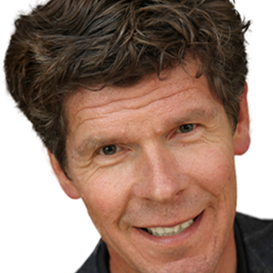
Editorial
By Jan Jonker
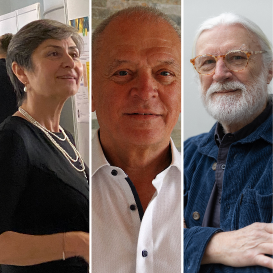
25 years of ITEA
Success built on the inheritance of a very strong base

Country Focus: Germany
Driven by digitalisation, supported by networks

Software AG
A one-stop shop where innovation is crucial

ITEA Success story: PARFAIT
Connecting IoT with greater security
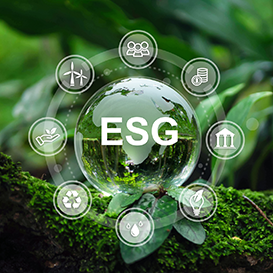
IVVES Project benefits story
Create higher value thanks to automated ESG score calculation

Community Talk with Alain Coulombe
Disruptive entrepreneur to the core

25 years of ITEA
Ground-breaking innovations we’re still grateful for today

By and for end-users
Junkkari brings predictive maintenance to unchartered domains

ITEA Success story: STARLIT
Aiming for ‘first-time-right’ treatment for cancer patients
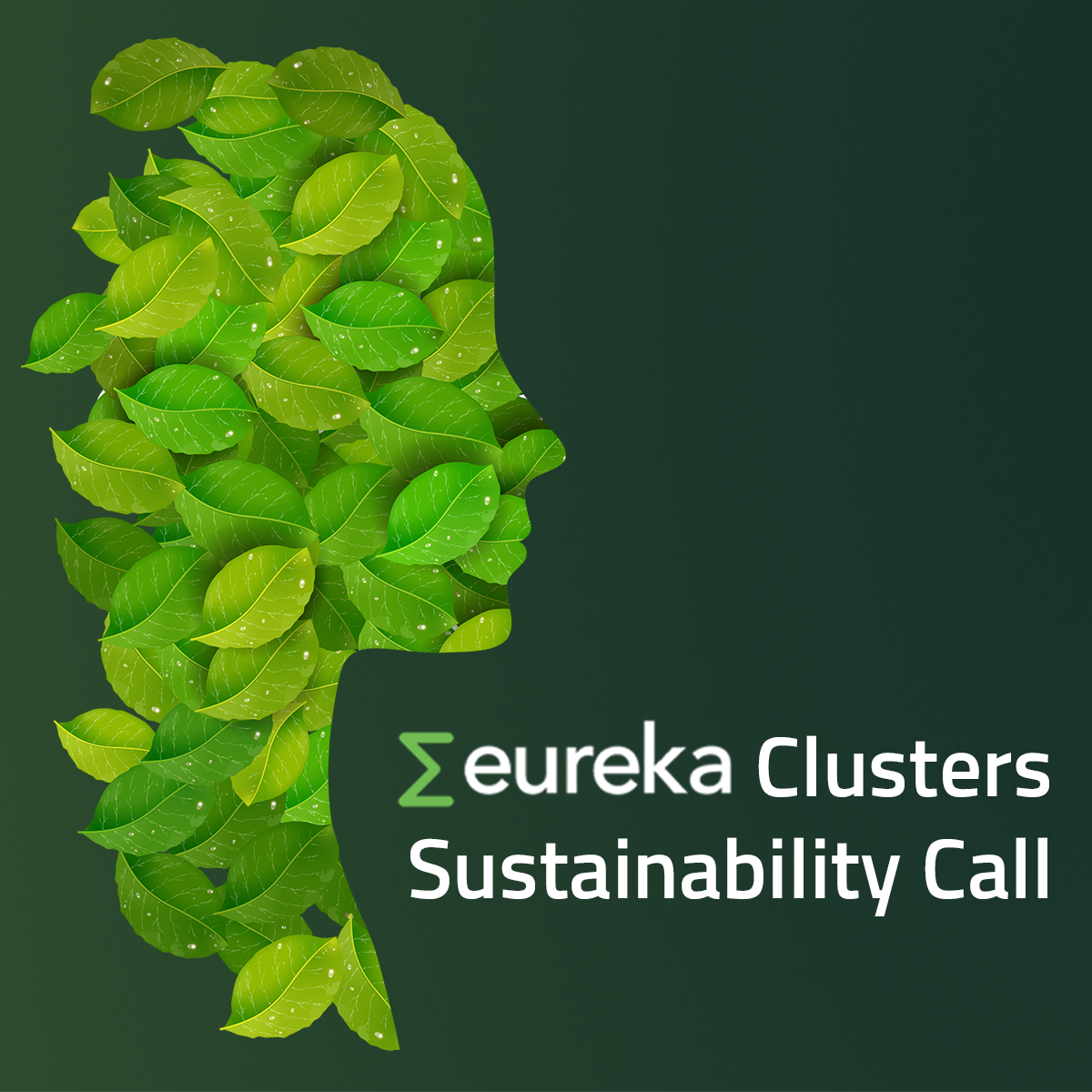
The Eureka Clusters Sustainability Call 2022 projects
Innovations making industry more sustainable and greener

SME in the Spotlight: The REUSE Company
Constant evolution in systems engineering



